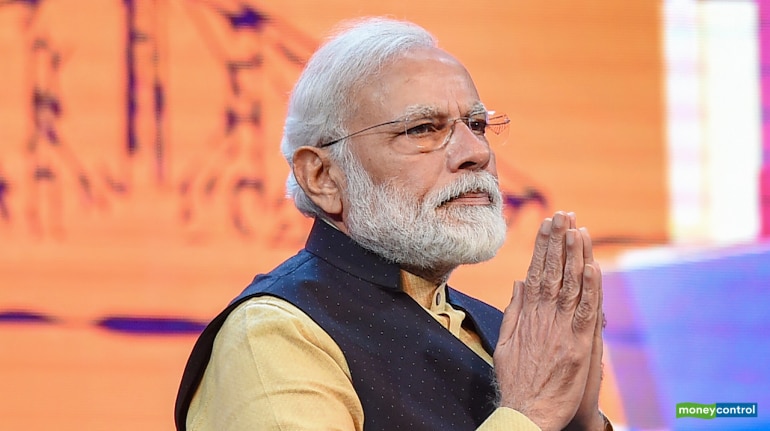



Prime Minister Modi is expected to hold a meeting with stakeholders from the financial sector in the next few days, a senior government official told Moneycontrol.
"It (the meeting) will happen soon. Expectedly this week itself, in the next few days," the official said.
The meeting is expected to be attended by heads of public sector banks and non-banking financial companies (NBFCs).
"Yes, the prime minister is expected to chair the meeting. Officials from finance ministry would also attend it. It will be a kind of stock taking of credit flow and how much of the liquidity benefits have been passed on," the official said.
Between February 2019 and May 2020, though the cost at which banks borrow from the RBI fell by 225 basis points, the weighted average lending rate (WALR) - the interest rate paid by borrowers on bank loans - during the same period, has dropped by 151 basis points on the fresh loans and merely 37 basis points on existing loans.
Given the economic situation at present, banks are taking a conservative approach in retail lending, as uncertainty looms large over retail segment loans as the private sector grapples with pay cuts and job losses.
The RBI, however, has said transmission of interest rates in fresh floating rate loans has considerably improved after external benchmarks were introduced in October. Last year, the RBI asked banks to move all floating rate retail and small business loans to an external benchmark to quicken transmission of interest rates.
Banks in the country are likely to witness a spike in their non-performing assets ratio by 1.9 percent and credit cost ratios by 130 basis point in 2020, following the economic slowdown on account of COVID-19 crisis, S&P Global Ratings said in its report titled 'For Asia-Pacific Banks, COVID-19 Crisis Could Add $300 Billion To Credit Costs.'
The report said that the NPA ratio in India was likely to fare similarly to China's (1.9-2 percent) but the credit costs ratios could be worse, increasing by about 130 basis points.
Discover the latest Business News, Sensex, and Nifty updates. Obtain Personal Finance insights, tax queries, and expert opinions on Moneycontrol or download the Moneycontrol App to stay updated!
Find the best of Al News in one place, specially curated for you every weekend.
Stay on top of the latest tech trends and biggest startup news.